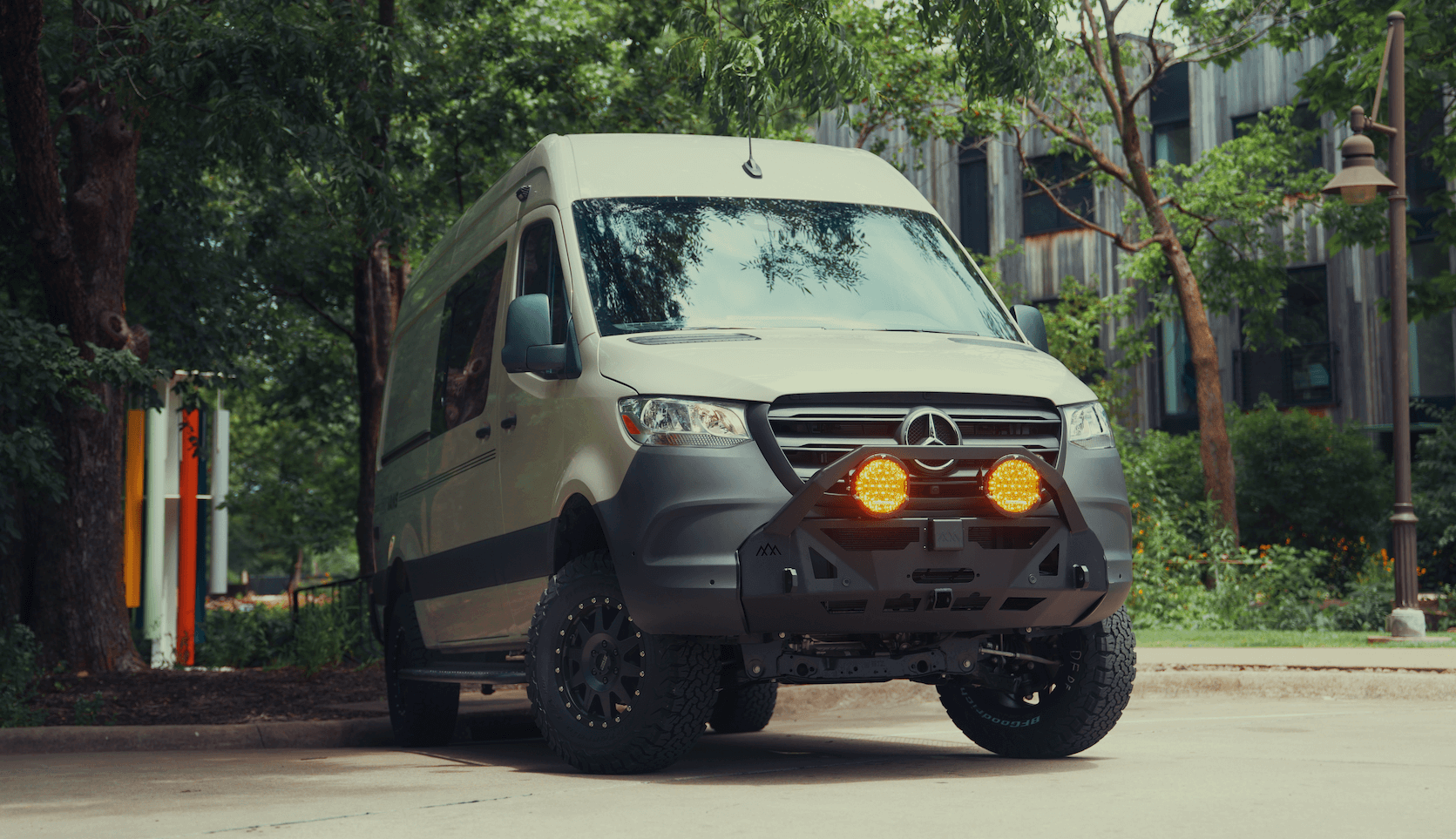Recreational Vans

A drone charging bay is a purpose built station that automates landing, energy replenishment, data offload, and relaunch. It serves missions that demand frequent sorties, consistent turnaround, and predictable uptime. Most bays combine a rugged landing surface, precise alignment aids, a protected enclosure, and a smart power module that negotiates safe charge cycles. Some units add battery swap robotics that exchange flight packs in minutes for rapid redeployment. The best designs manage weather, heat, and dust to protect aircraft and batteries.
Common use cases include site mapping, utility and pipeline inspection, crop monitoring, perimeter security, search support, and time sensitive deliveries. In each scenario, the bay reduces human workload, compresses turnaround time, and standardizes charge quality for battery health. With reliable networking, operators can schedule flights, verify readiness, and receive alerts without being on site.
Landing guidance starts with visual markers, AprilTag style fiducials, or beacon systems like UWB and RTK grade GNSS for centimeter level precision. The bay may use sloped funnels, guide rails, or soft bumpers to tolerate minor drift while protecting landing gear. Once settled, alignment switches confirm position before power engages.
Charging methods vary. Conductive systems use spring loaded pogo pins or pad contacts with corrosion resistant plating. Inductive systems use coupled coils for wireless energy transfer, removing exposed contacts and reducing wear. Battery swap bays lift or slide the airframe to release the pack and insert a charged one, then verify lock and voltage before arming the aircraft for the next sortie.
Thermal management is essential for lithium cells. Bays use thermostatic fans, heat sinks, or active cooling to keep charge temperatures in the sweet spot. Smart chargers monitor pack temperature, voltage, current, and cell balance while applying staged profiles such as constant current followed by constant voltage. Safety layers include ground fault detection, surge protection, and smoke sensing with automatic shutdown.
Start with mission cadence. If flights are frequent and short, a swap bay can outpace fast charge while preserving cycle life. If the airframe is sealed or not swap friendly, a conductive or inductive charger is the better fit. Evaluate the grid connection, available amperage, and surge capacity. In remote sites, integrate solar with a battery bank and an inverter charger to buffer loads and sustain operations when weather cooperates.
Connectivity enables remote control and analytics. A robust deployment blends cellular and satellite options with edge computing to process imagery, logs, and health data when backhaul is limited. Weatherproofing matters. Look for ingress protection ratings, heating for cold starts, and dust filtration. Consider sensors for rain, wind, and hail to pause missions and close hoods when conditions degrade.
Maintenance planning keeps the bay reliable. Schedule contact cleaning for conductive pads, filter swaps, and firmware updates. Track mean time between charge cycles and replace consumables before they fail. Plan for safe storage and clear takeoff paths that avoid people and vehicles. Align the bay with local regulations, site safety rules, and airspace requirements.
A dependable bay handles more than power. It receives health telemetry, logs charge history, and syncs flight data. With edge compute, it can pre process imagery and push only results when bandwidth is tight. Use secure remote management with role based access, encrypted transport, and audit logs. Blend LTE, Five G, and satellite links so missions continue when a network drops.
Expect more standardized charge interfaces, better interoperability across airframes, and smarter scheduling that considers weather, energy, and airspace in one planner. Inductive efficiency continues to improve, and compact battery swap modules are reaching smaller aircraft. As fleets grow, swarm scheduling and shared bays reduce idle time while maintaining safety margins.
Fixed sites are not the only option. A well designed vehicle can house a protected bay, a clean power system with shore or solar input, climate control, and secure storage for packs and payloads. That mobile base keeps crews close to the mission, shortens transit, and supports long days without hunting for outlets. It is also a sensible path for pilots who operate across job sites and need the same dependable setup each time.
OZK Customs builds purpose driven vans and rigs with integrated power, lighting, data, and equipment mounts to support professional drone operations. If you want a vehicle that can host a protected drone charging bay with reliable power and connectivity, explore our Recreational vans, see our Custom build van approach, or review available Mainstream vans platforms to start planning the right mobile base.
Share your mission profile, target airframe, and duty cycle. We will map the power system, bay placement, climate control, and connectivity so your drones spend more time in the air and less time waiting.
Ready to turn your vehicle into a mobile drone base with reliable power, climate control, and secure storage? OZK Customs designs and builds integrated command rigs that keep drones flying and crews efficient. Tell us your mission profile and we will propose a tailored layout, power system, and connectivity plan. Start your build today.
ADDRESS:
6159 E Huntsville Rd, Fayetteville, AR 72701
PHONE:
(479) 326-9200
EMAIL:
info@ozkvans.com